Start by printing and assembling your PDF pattern. Not sure how to do this? Follow Anna’s instructions from the corset section of our Sew Along.
I am making some alterations to my pattern, so I am tracing mine out, but Anna has added enough space between pattern pieces for you to add the Seam Allowance directly to the pattern if you wish to do so!
I am adding 1/2″ Seam Allowance to ALL edges. I am applying a 1/2″ elastic to the top and bottom edges of my bra, so I am adding 1/2″ to the top and bottom edges of my pattern. If you are binding your top and bottom edges, do not add Seam Allowance. If you are turning your edges under, add the appropriate amount of seam allowance.
For the Long Line Bra, the original Pattern instructions tell us to OMIT the darts for the lower cup. I sewed a couple of test garments, and this just doesn’t seem to work right for me. So, I sewed a cup with just the FIRST dart, and omitted the second dart. I also sewed a cup with both darts. I found, for myself, the cup with both darts contoured much better than the cup with one dart. If you are larger chested, a D cup or over, you will likely prefer the cup with 2 darts. This version will require additional pattern manipulation.
I highly recommend you sew the cups both ways to see which one contours around your body best. You literally just need to sew the cup and hold it over your… ahem… boob.
Follow below if you wish to keep both darts in the long-line version of the bra.
Start by closing your darts – I have just pinned mine closed. I have also pinned my front corselette pieces together, stitching lines lined up.
Walk your lower cup along the upper edge of the corselette.
When you get to the end you will notice you are about 1 1/2″ short (or more, if you are cutting a larger size)
I traced a small portion of the back band to make an “Extension” along our lower cup. Align the lower line so that it creates a smooth line along the bottom of the lower cup. The side seam of the band should over lap the side seam of the lower cup in the top corner by about 3/8″. Extend your cutting lines as shown below.
We now have an extension along the side of the upper and lower cup. Walk your pattern to make sure your lines match. I found mine was about 1/2″ short, which I then added along the top edge of my upper cup.
A note about grain lines: I am cutting my cups on the bias. I am doing this because I want them to mould around my natural shape, but you can cut the cups on the straight grain as well. I am cutting my corselet pieces on the straight of grain, but will be adding stretch lace for some give.
We’re now ready to cut out our muslin and test our fit!
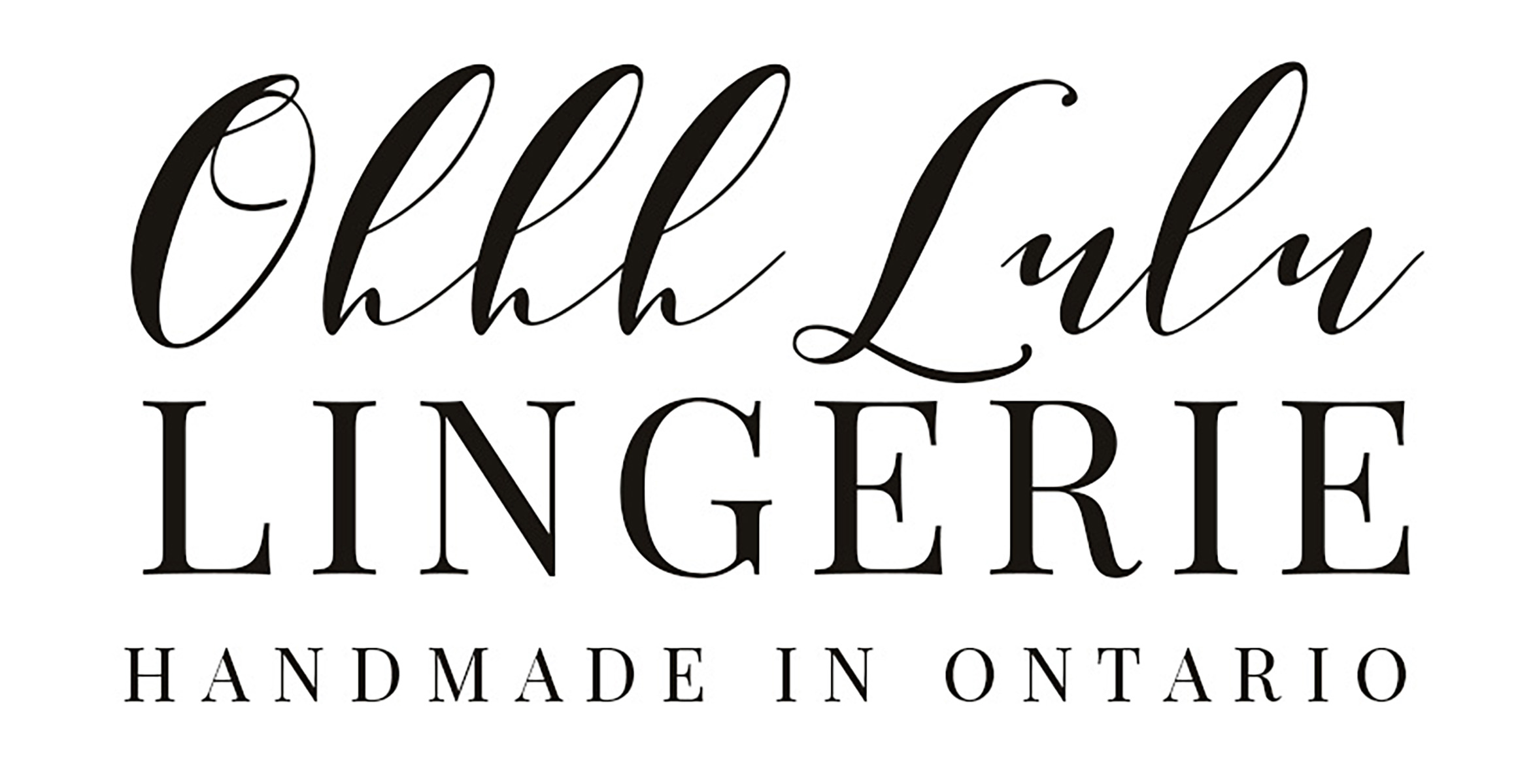
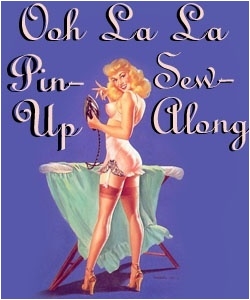
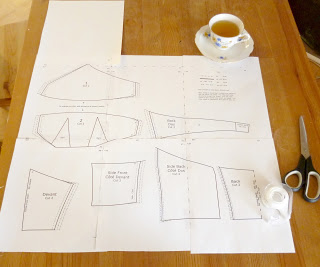
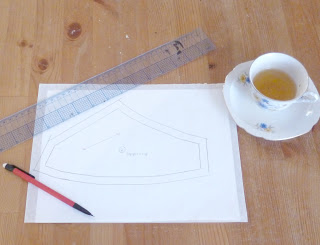
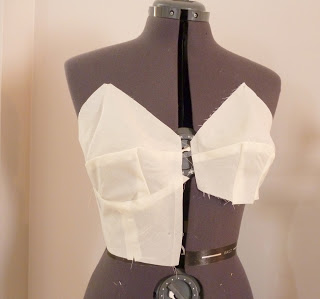
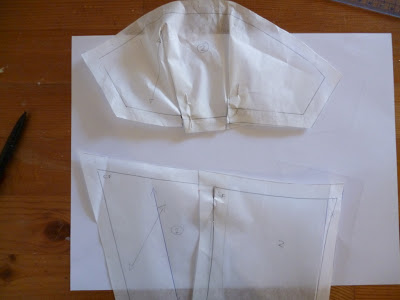
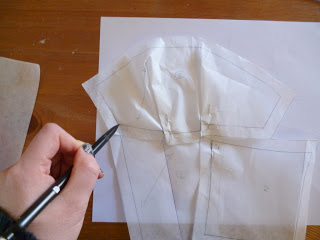
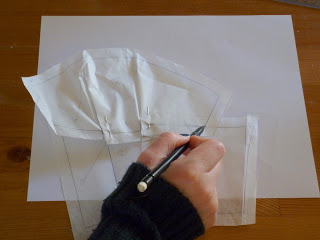
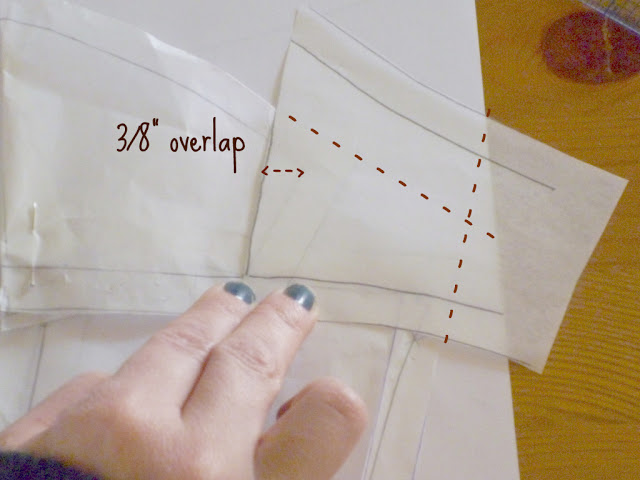
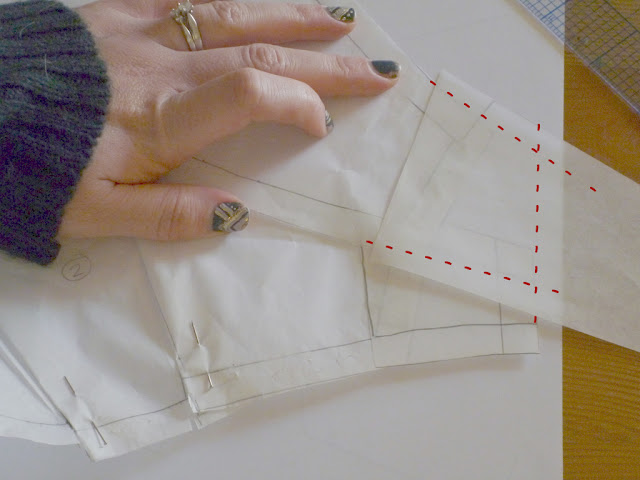
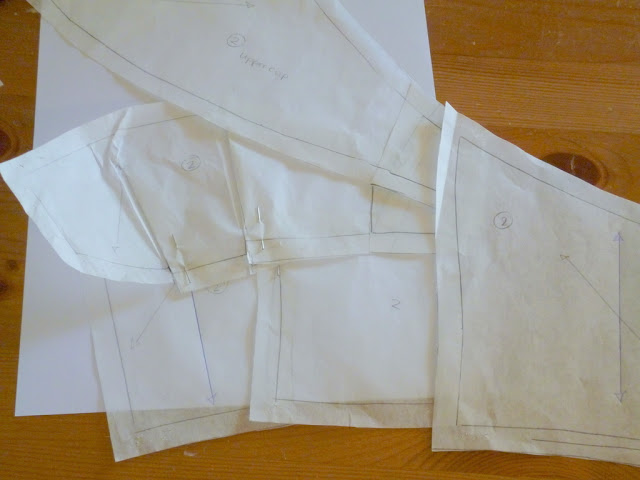
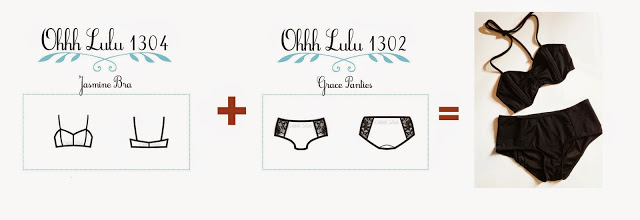


7 Comments
A.J.A.
March 22, 2012 at 6:23 pmHi Sarah! I've been following along, but I finally printed and prepped my bra pattern today. I am getting ready to cut a muslin. Can you tell me how you determined and marked the grainlines on your pattern? I am just doing the bra right now, and not the corselet.
Thanks!
Sarah Elaine
March 23, 2012 at 1:11 amYay! Glad you are joining us. I find the grain line by using the centre front line of the lower bust cup. I mark a line parallel to the center front line on the lower cup. I place my upper cup above my lower cup, so that the seam line meets along the middle of the seam, and transfer my grain line from there.
If the center front line is not apparent – like on the upper cup, I think the center front line is on a bit of an angle – I imagine what the pieces would look like drawn on a basic bodice block, and plot my grain lines from there.
For a bias grain, find your straight of grain based on the center front line, and draw an intersecting line at a 45 degree angle through the straight of grain line.
For the back band, I used my center back line as my grain line, and drew a line prallel from there.
If that doesn't make sense, I can upload a picture. Let me know!!
A.J.A.
March 23, 2012 at 4:09 amThanks! That's really helpful!
Second Hand Rose
March 26, 2012 at 11:18 amThanks for all these great tips! Love your nails too! XxxX http://thesecondhandrose.blogspot.co.uk/
Sarah Elaine
March 27, 2012 at 1:30 pmThanks I'm obsessed with nails!
I'm obsessed with nails!
Ramona
May 11, 2013 at 12:46 pmI'm only just now starting on one of Mrs. Depew's Vintage bras. I've been scanning some of these sew along posts, but haven't found a lot on choosing fabrics. I've probably just missed it. The little I've seen talk about cotton and satan. I've noticed you've mentioned a stretch cut on bias for yours. I'm large busted and looking to create a good fit and assume I need some stretch in the fabric.
I'm currently working on the 1950's long line bra. (Image link below). But anticipate moving to this bra next or instead of. http://img2.etsystatic.com/000/0/5306890/il_570xN.327009910.jpg
Can you suggest proper fabrics for this project?
Ramona
May 11, 2013 at 12:47 pmby "this bra", I mean the bra you are working on in this post.